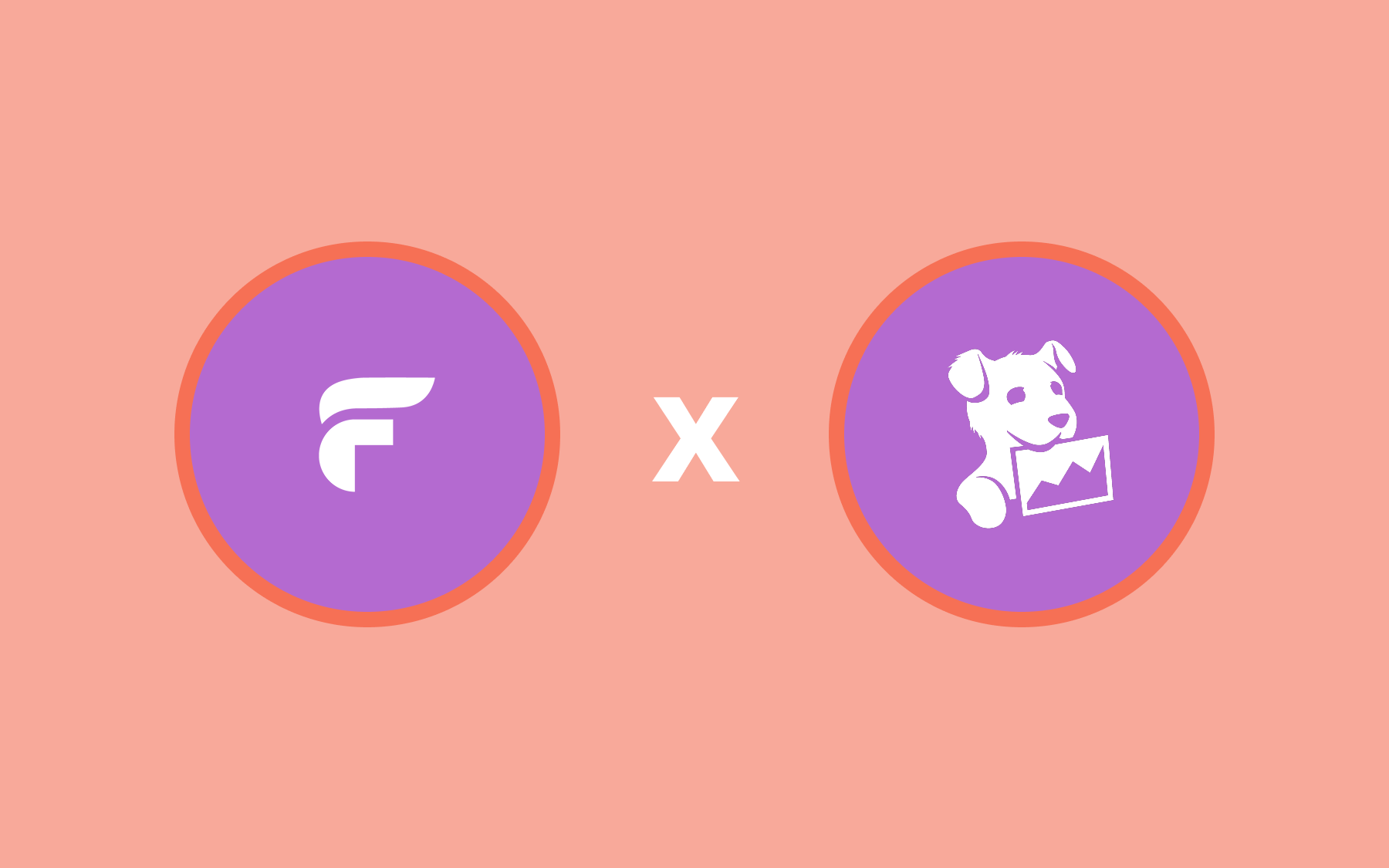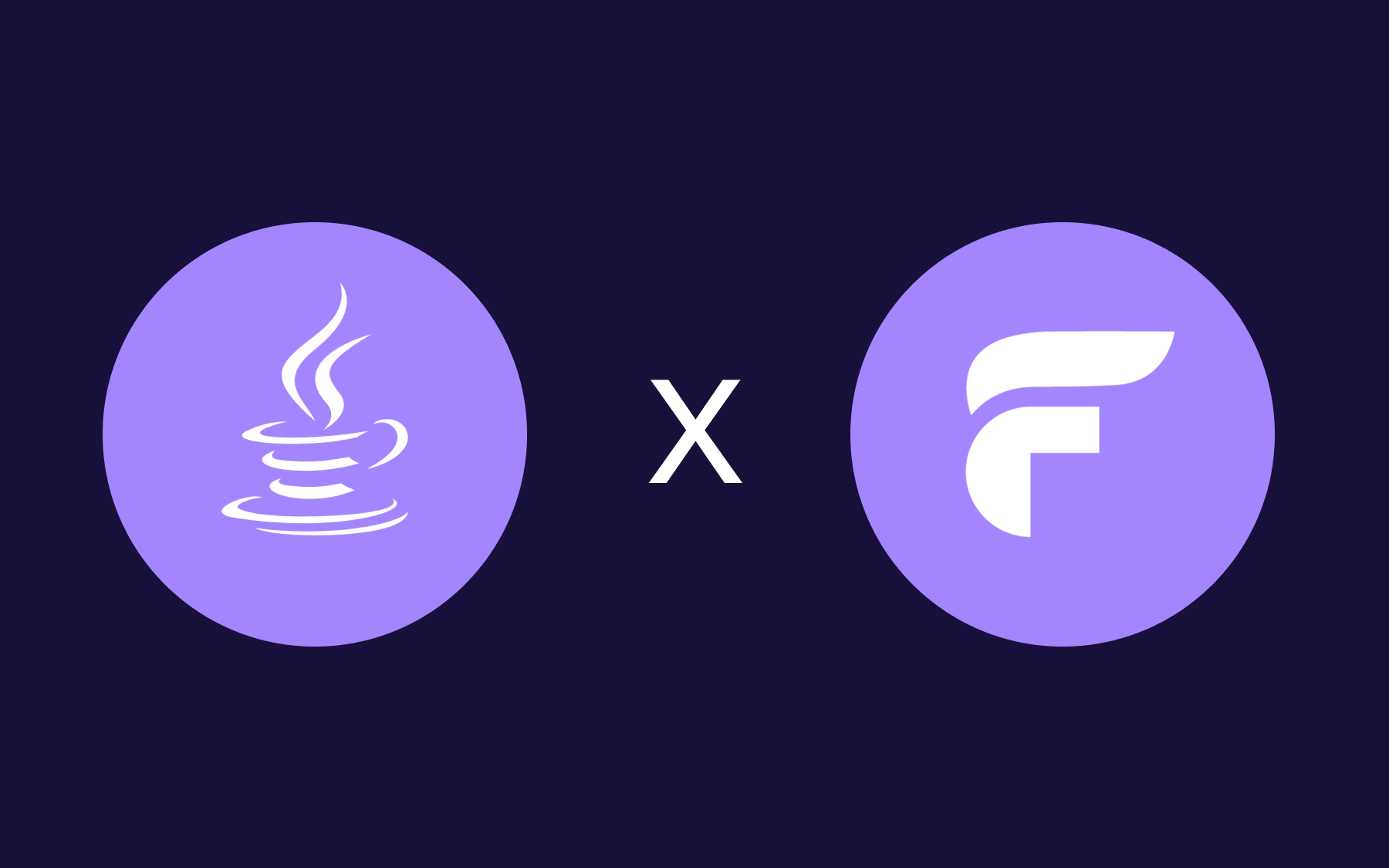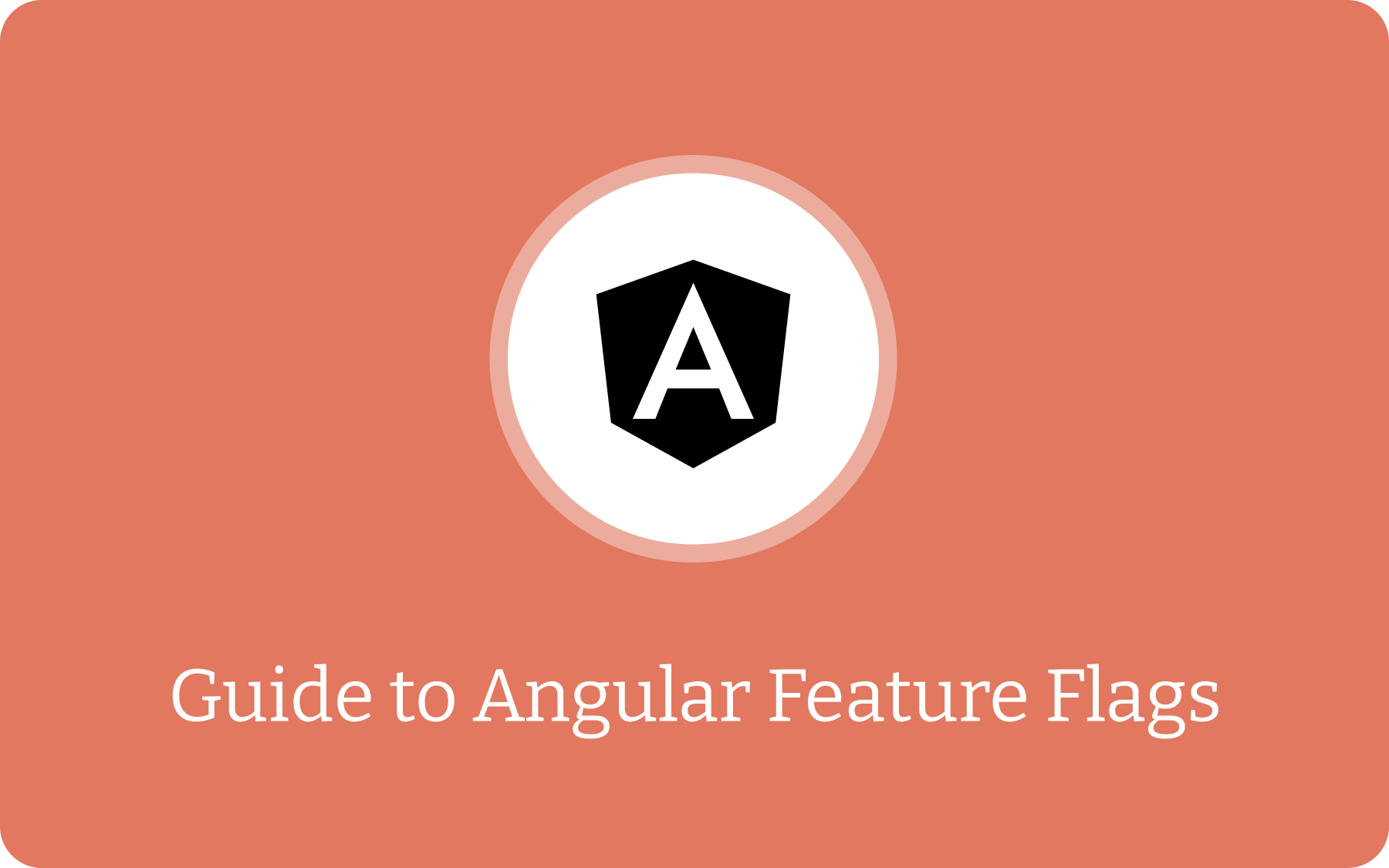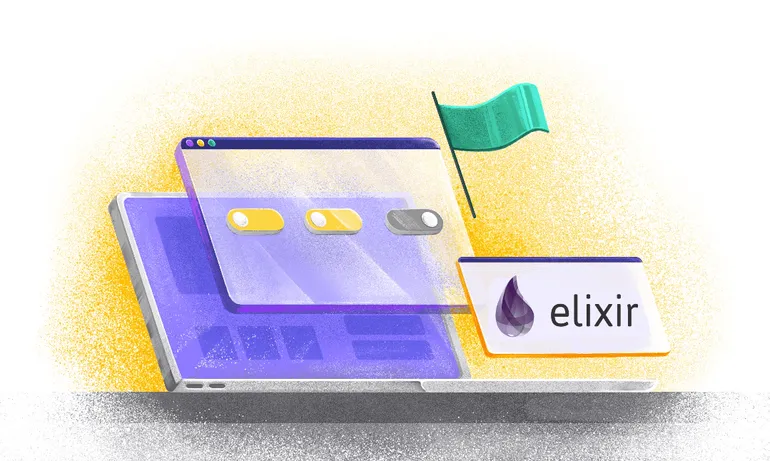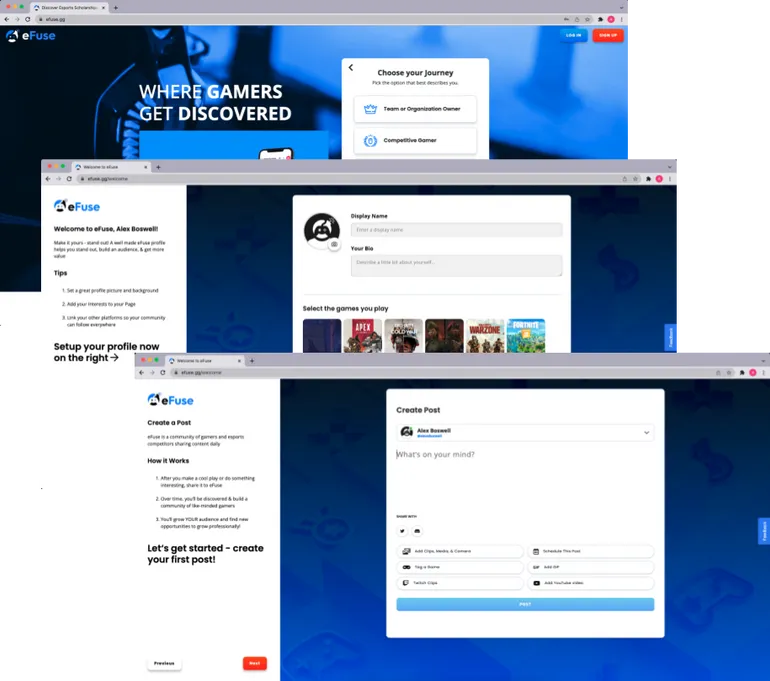Using Flutter Feature Flags to Release Features Without Risk | Flagsmith
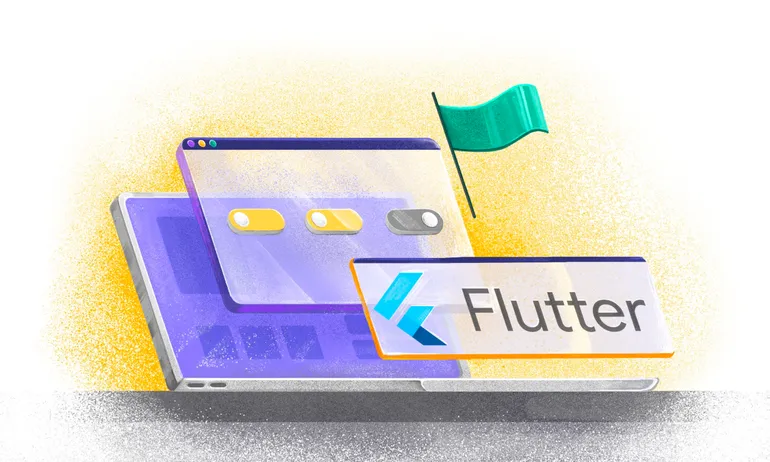
Feature flags help control the effects of new releases if anything goes south. Releasing and rolling back mobile applications is not easy as they need to go through the specific app store process.
Flutter feature flags help to turn a feature on or off minus the release process hassles. In this article you will go through a basic example that will show you how to implement feature flags for your own Flutter app. Let’s get rolling!
Prerequisites
The following things will be good to know before diving into the code:
1. Any prior knowledge of Flutter & Dart will be very helpful to follow along this tutorial. Also have Flutter running on your machine
2. Understanding how to add packages to your Flutter application through “Pub.dev” and the `flutter pub` command
3. A Flagsmith account - this will be used to create the feature flag. Register now - it’s free
Next up, we will look at a simple login screen as our example.
Example: Adding Apple sign-in to the login screen
In this example, we are going to make the content of our login screen dynamically controlled by feature flags. Specifically we will put the “Sign in with Apple” behind a feature flag so that it will dynamically render depending on the flag. This is just an example, but it demonstrates a key concept that can use in your application in many ways.
Setup
Here we will set up your demo Flutter app, and your Flagsmith account.
Step 1: Preparing the Flutter app
We will use the ‘flutter’ command line tool to create our app. Using your terminal, navigate into your desired directory and execute the following:
This should create the flutter demo counter application. You can run the application by navigating to feature_flag_example and running:
Make sure you have a simulator running or a device connected first.
Our app should look like this:

Step 2: Setting up Flagsmith for your Flutter feature flag
After signing up for a free account at Flagsmith we will need to create a project. To do so click the ‘Create Project” button on the dashboard:
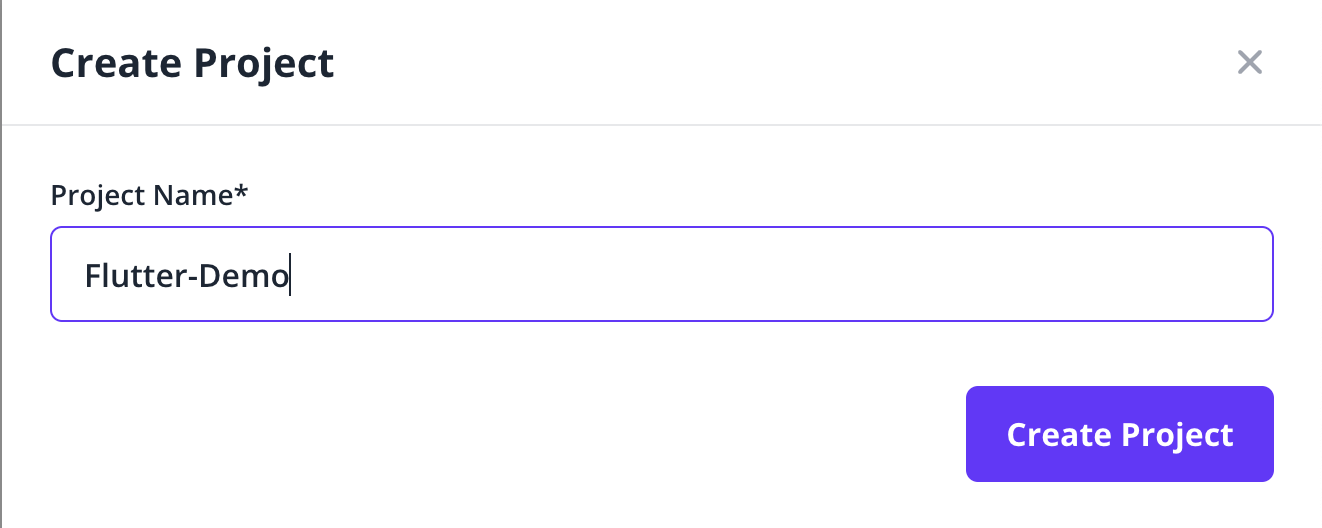
The project has been named “Flutter-Demo” we should see the project page for this Flutter feature flags example as follows:
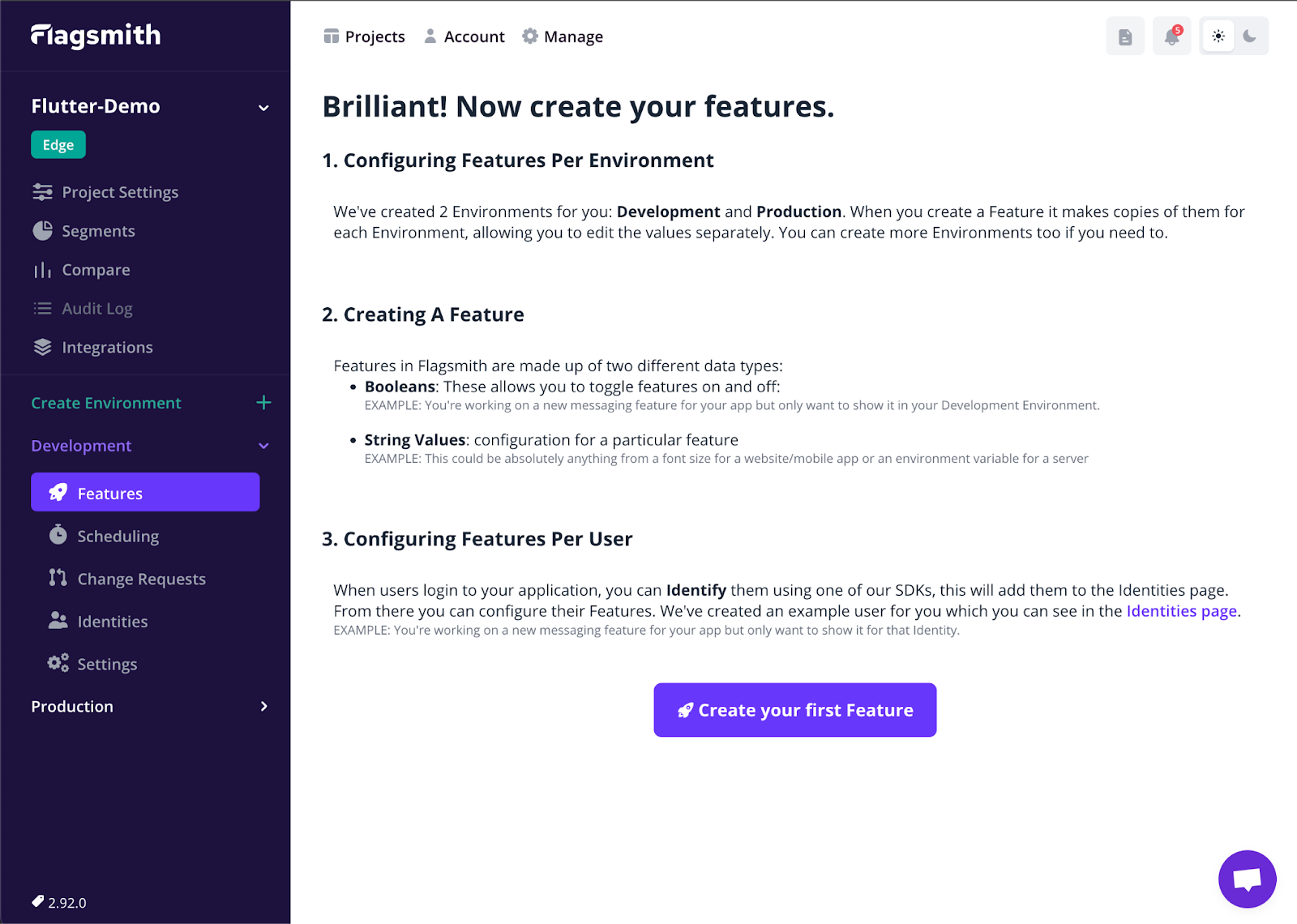
Now let’s create our first feature flag by clicking on the “Create your first feature” button. We will call this feature apple_sign_in as shown below:
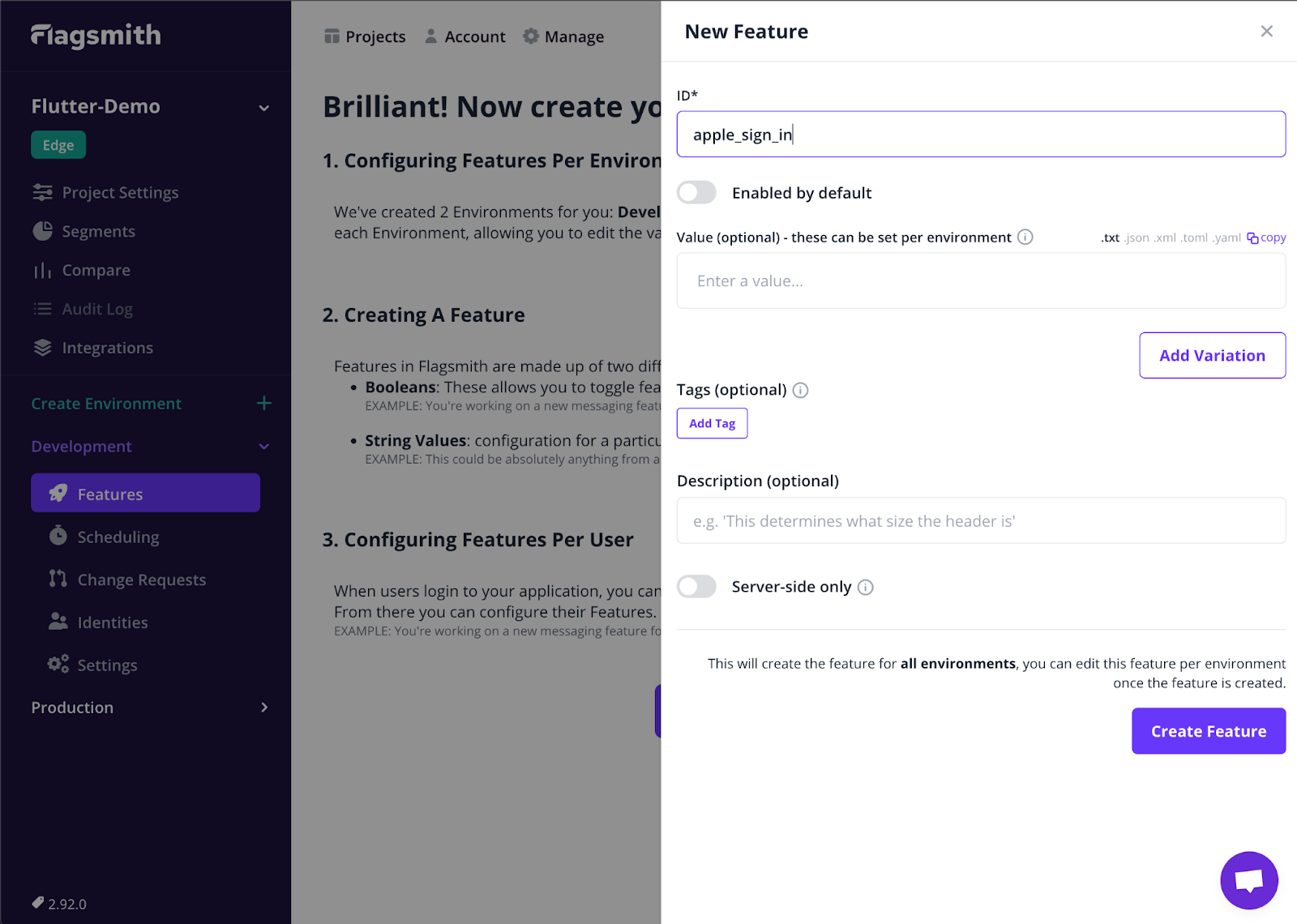
Now we have everything ready, let's dive into the code.
Coding
Step 1: Install required packages
At the root of the app directory open the file pubspec.yaml we will add two dependencies
1- flagsmith - to provide feature flag functionality
2- sign_in_button (optional) - provides pre-styled sign-in buttons
Your dependencies section should look like this:
dependencies:
flutter:
sdk: flutter
flagsmith:
flutter_signin_button: ^3.0.0
To install the dependencies run flutter pub get
Step 2: Adding the feature flag to the app
In this article we are only going to change the contents of the `lib/main.dart` file. First things first let us clean up the page by removing the counter code inside the _MyHomePageState’ class “lines 51 -> 63”.
Now we need to import our packages. Add the following lines to the top of the file:
Next let’s replace the “build” function inside the _MyHomePageState class with the following:
This uses the “SignInButton” widget to display Google and Facebook sign in buttons, your app should now look like this:
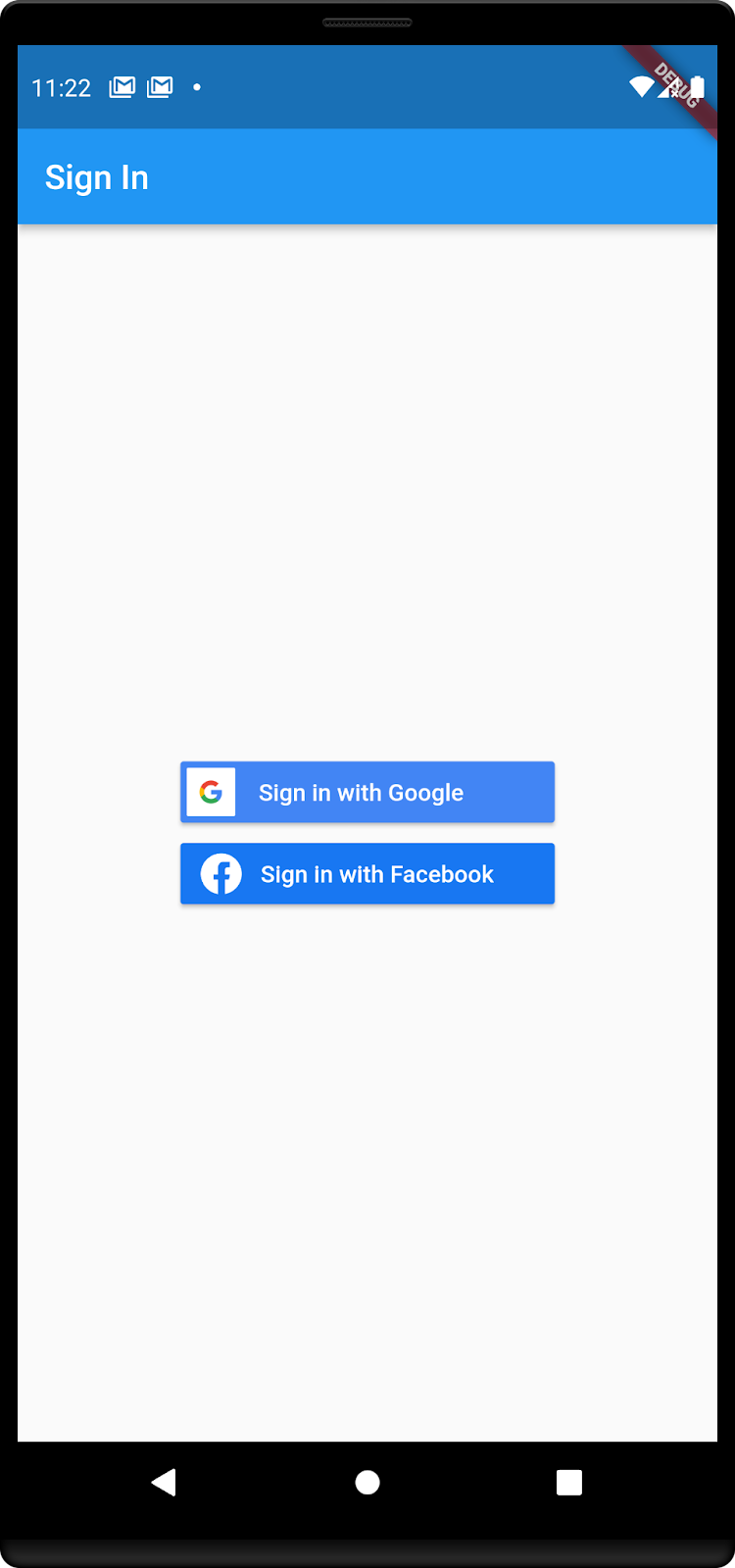
Now that we have got this ready, it’s time to set up Flagsmith in our app. Inside our _MyHomePageState class we will initialize the Flagsmith client like seen below:
We can find your apiKey in the “Initialising your project” section of the feature flag page as seen below, or in the environment settings:

Our next step is to use the feature flag to determine if Apple sign in should be enabled or not. Add the following function to our class:
This function returns a boolean value that is determined by the “apple_sign_in” feature flag. Now the final step is to use this value to render the Apple sign in button, for this we will use the “FutureBuilder” widget like so:
FutureBuilder(
future: appleSignIn(),
builder: (BuildContext context, AsyncSnapshot snapshot) {
if (snapshot.data != null && snapshot.data == true) {
return SignInButton(Buttons.apple, onPressed: () {});
} else {
return Container();
}
}),
After adding this widget to the “Column” children our final “build” function should have the following content:
Widget build(BuildContext context) {
return Scaffold(
appBar: AppBar(
title: const Text("Sign In"),
),
body: Center(
child: Column(
mainAxisAlignment: MainAxisAlignment.center,
children: [
SignInButton(
Buttons.googleDark,
onPressed: () {},
),
SignInButton(
Buttons.facebookNew,
onPressed: () {},
),
FutureBuilder(
future: appleSignIn(),
builder: (BuildContext context, AsyncSnapshot snapshot) {
if (snapshot.data != null && snapshot.data == true) {
return SignInButton(Buttons.apple, onPressed: () {});
} else {
return Container();
}
}),
],
)),
);
}
Step 3: Testing the Feature Flag
We currently have the “apple_sign_in” flag turned off so you should not see any changes in the app. To turn the flag on go to the Flagsmith dashboard and click on the switch next to the flag, then confirm changes as shown below:

Now restart the application by typing ‘R’ in the terminal and your app should look like this:
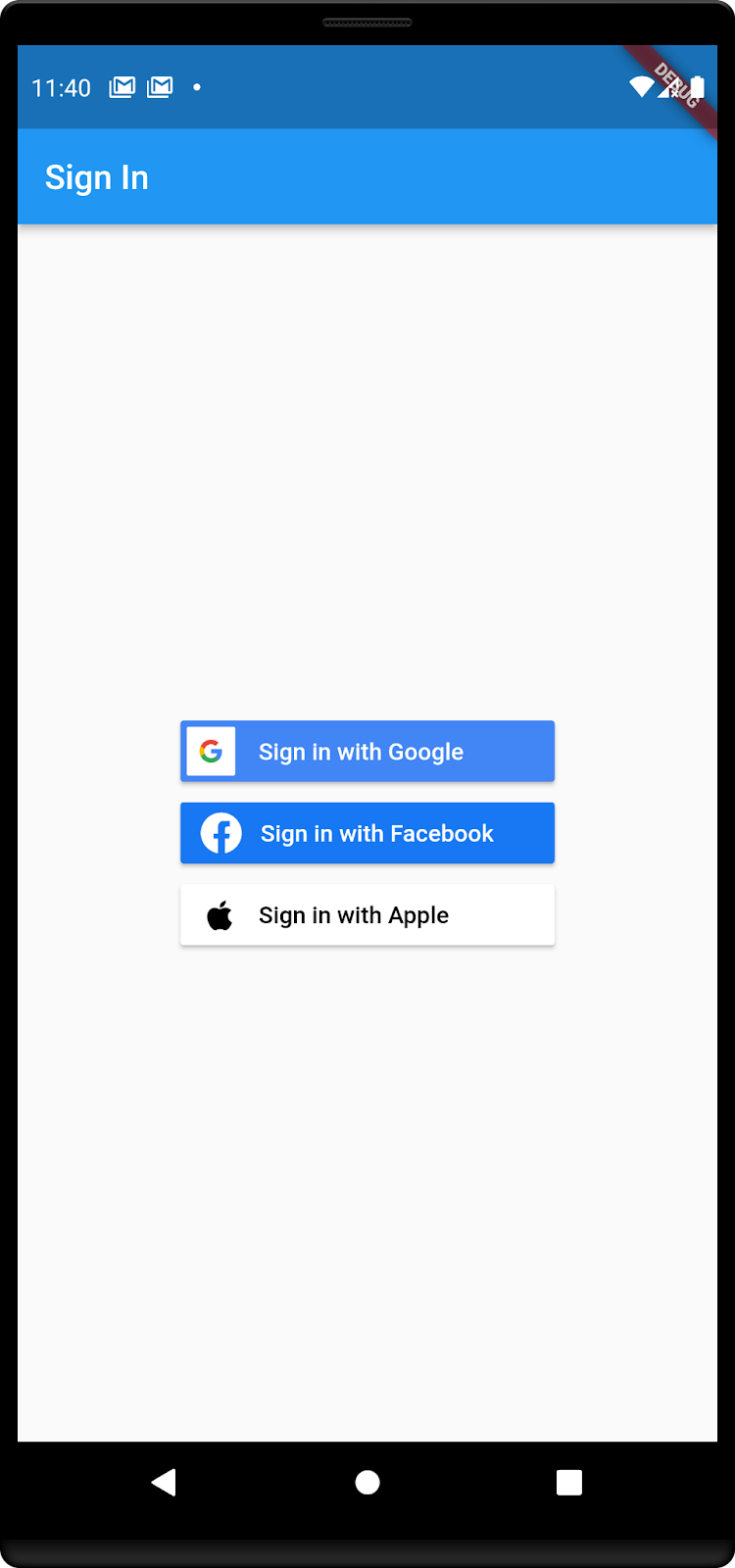
Conclusion
We just saw how to implement Flutter feature flags on a simple login screen. This idea can be easily implemented in any application. Feature release can be done safely with high confidence and low time to turn on or off the released feature without the need to release any new code.
The main benefit here is that the feature was deployed safely. If there are any issues the feature can be turned on or off instantly and safely, and there is no need to resubmit the app to Apple or Google and wait for a review and update.
This article was just demonstrating the power of feature flags with a simple task like enabling and disabling a button but the possibilities are endless. You can also expand the use of feature flags to beyond booleans; they can also carry values such as strings for more control. Get that power in your hands and start using Flagsmith now!
More Reading
If you like this Flutter feature flags guide, check out our Futter SDK or follow some of our other how-to guides:

.webp)















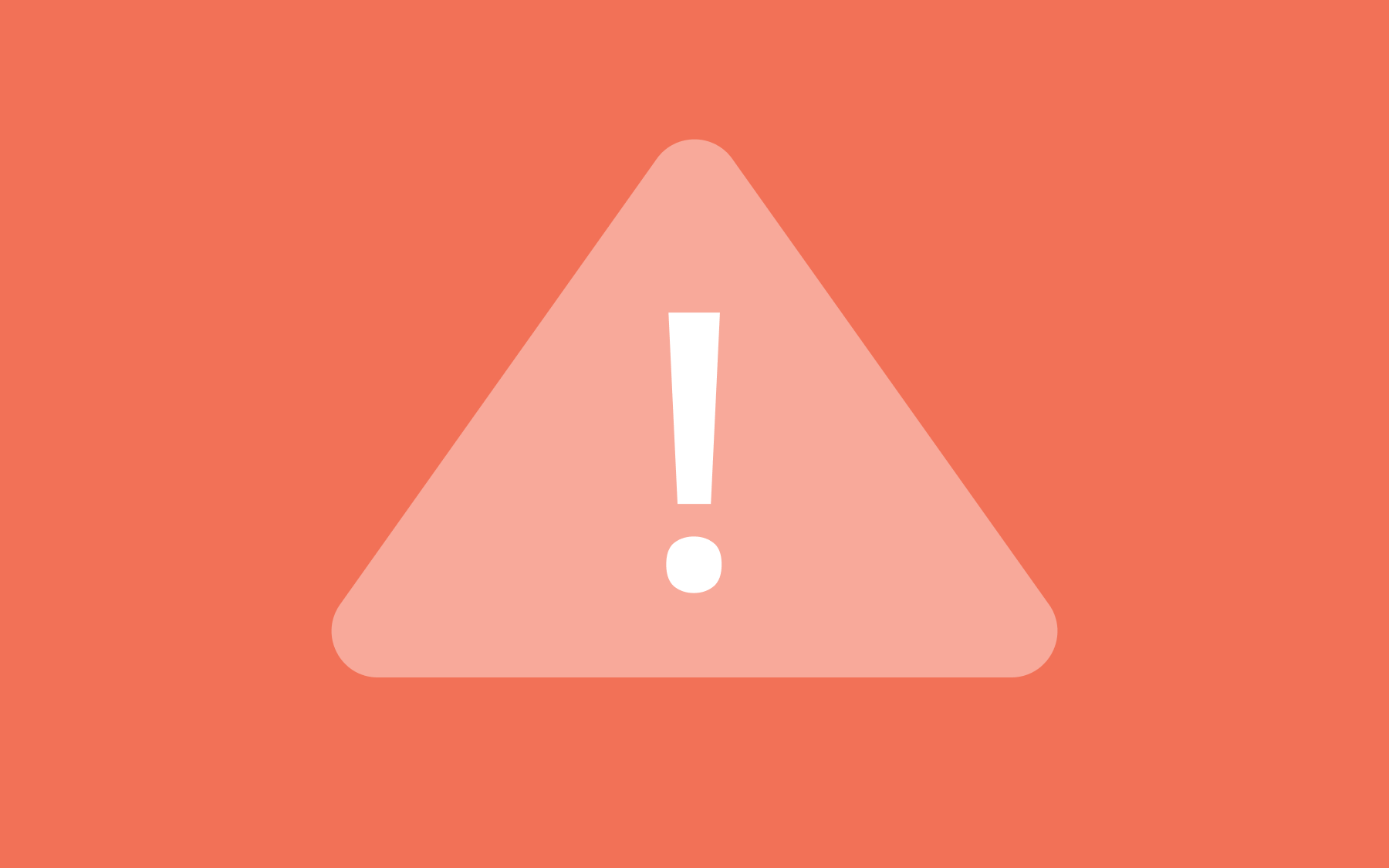

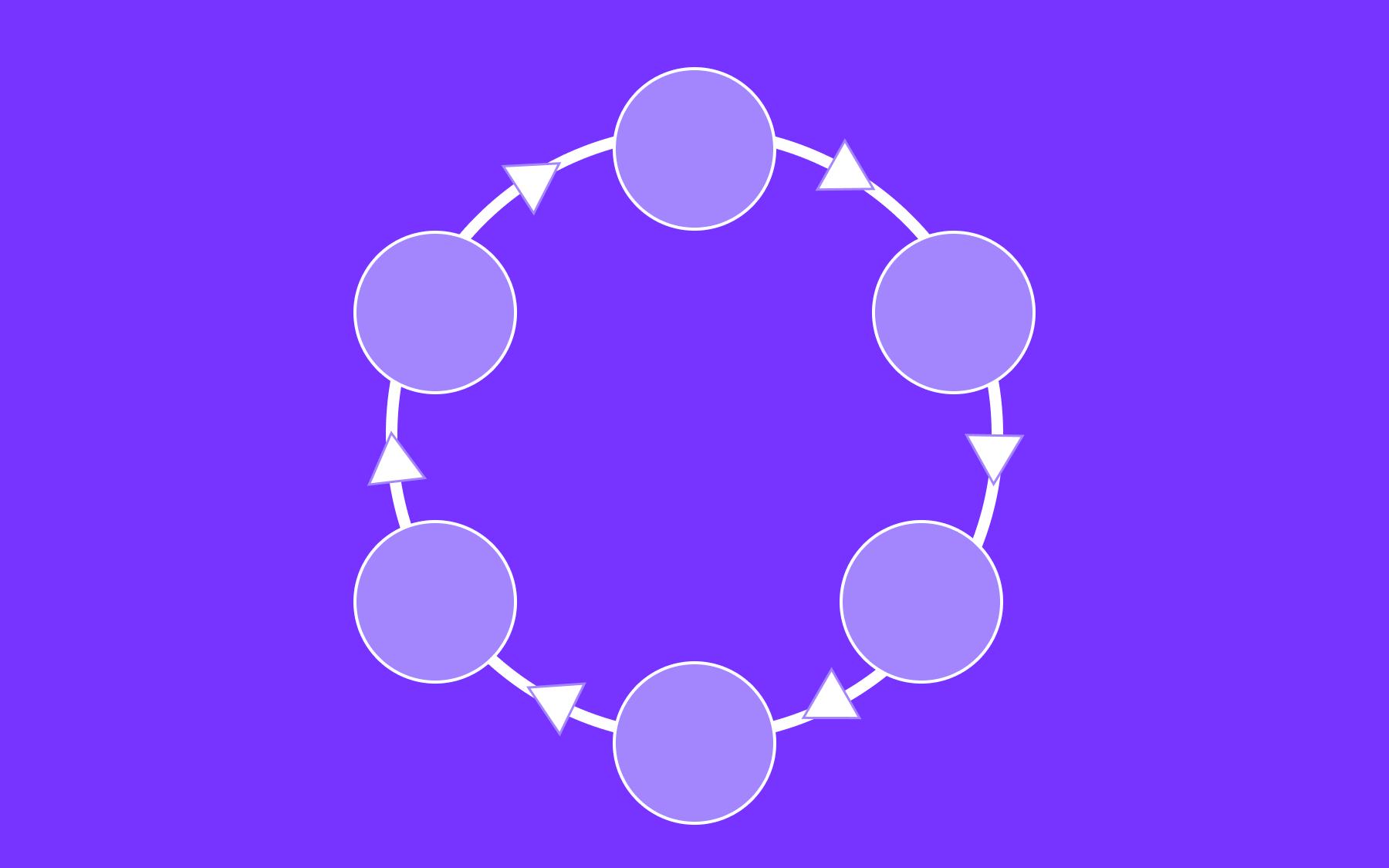


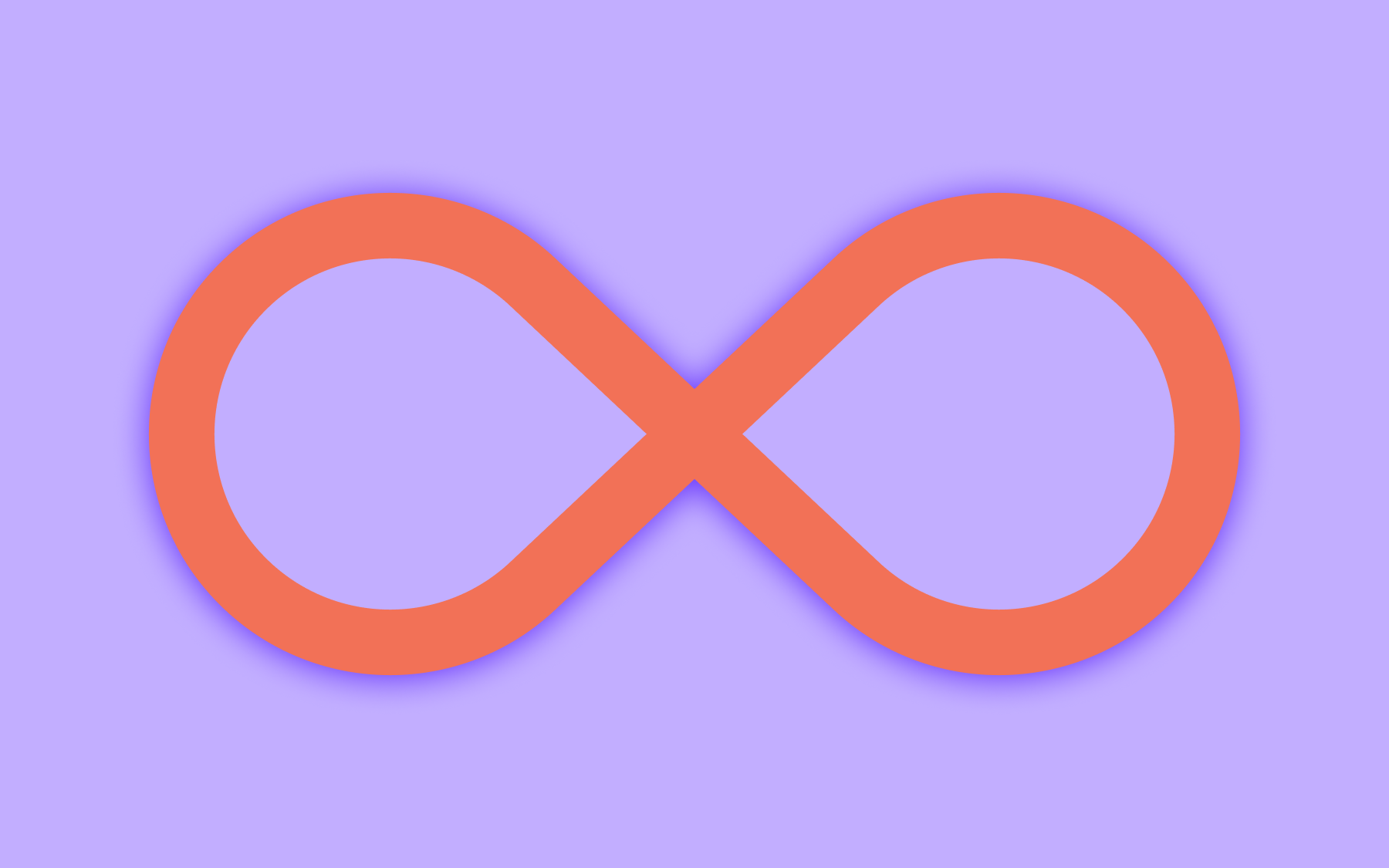
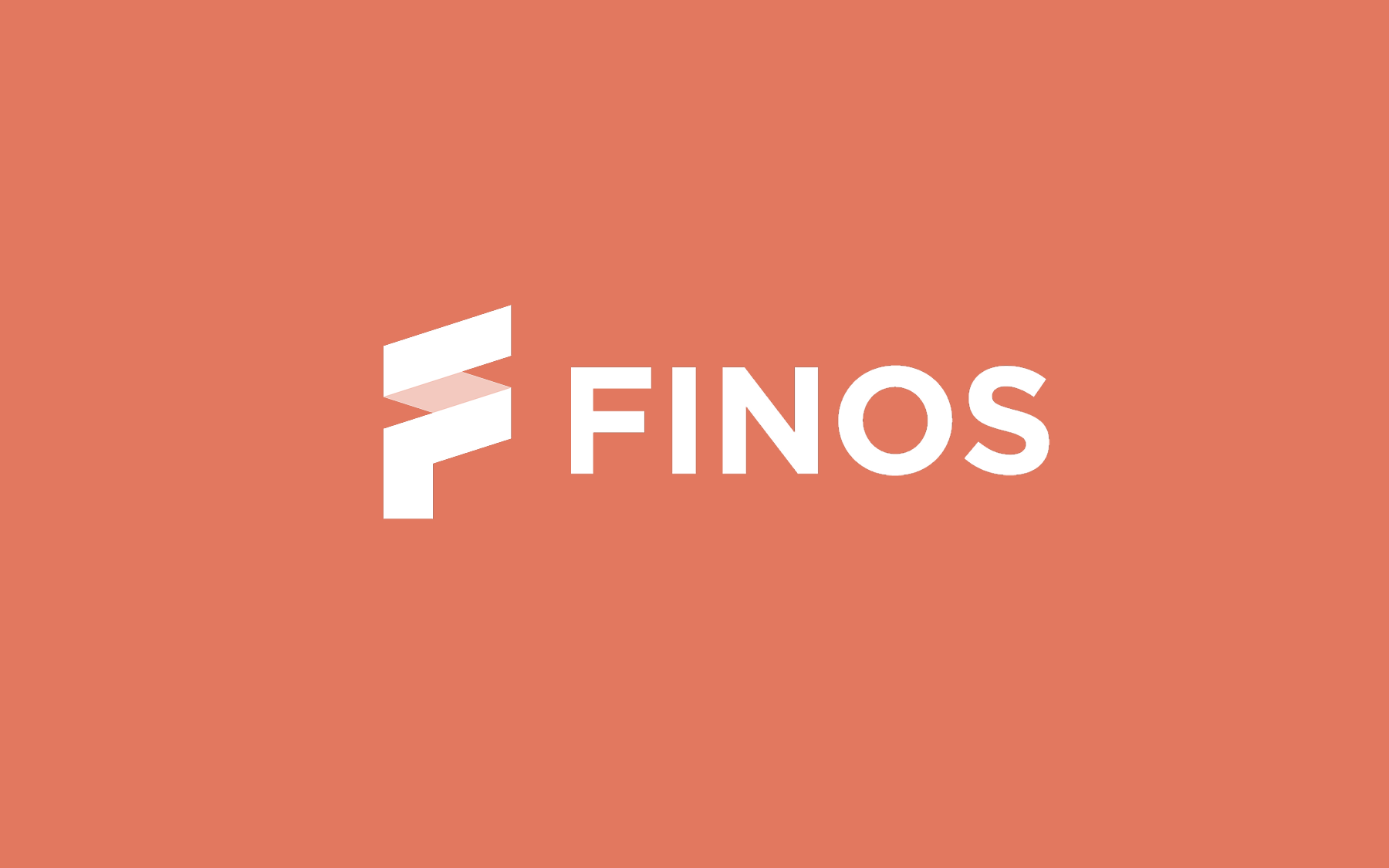



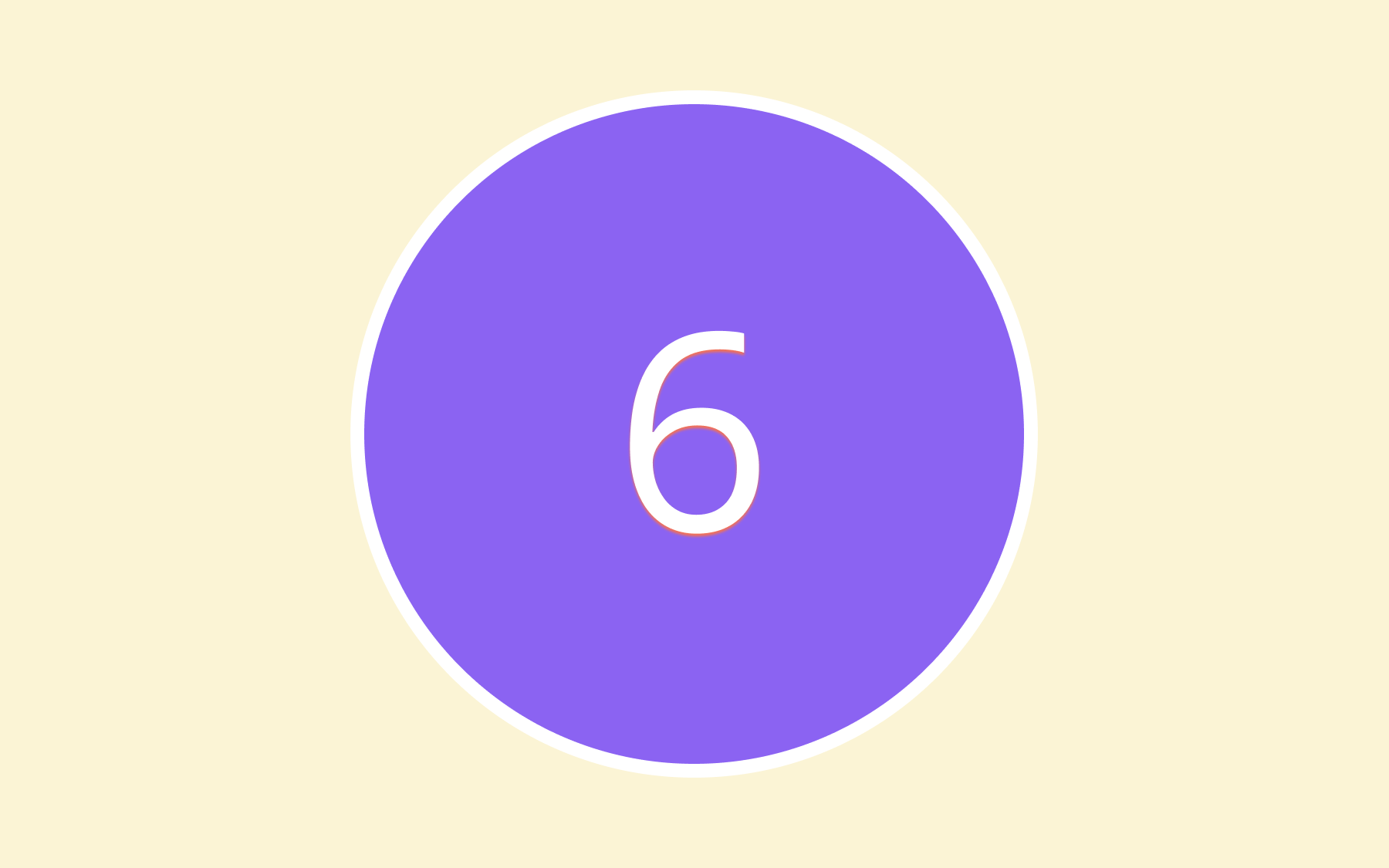













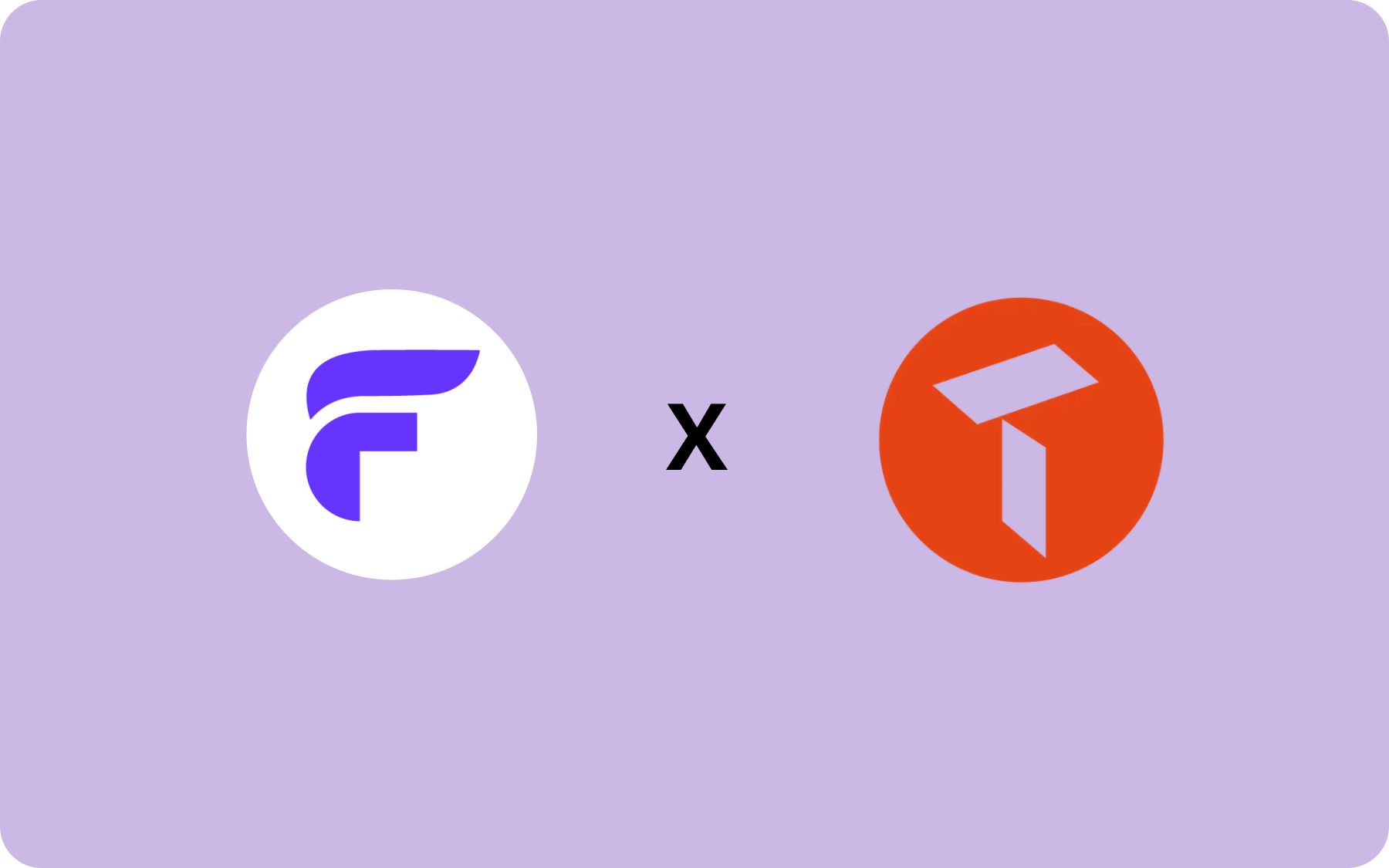




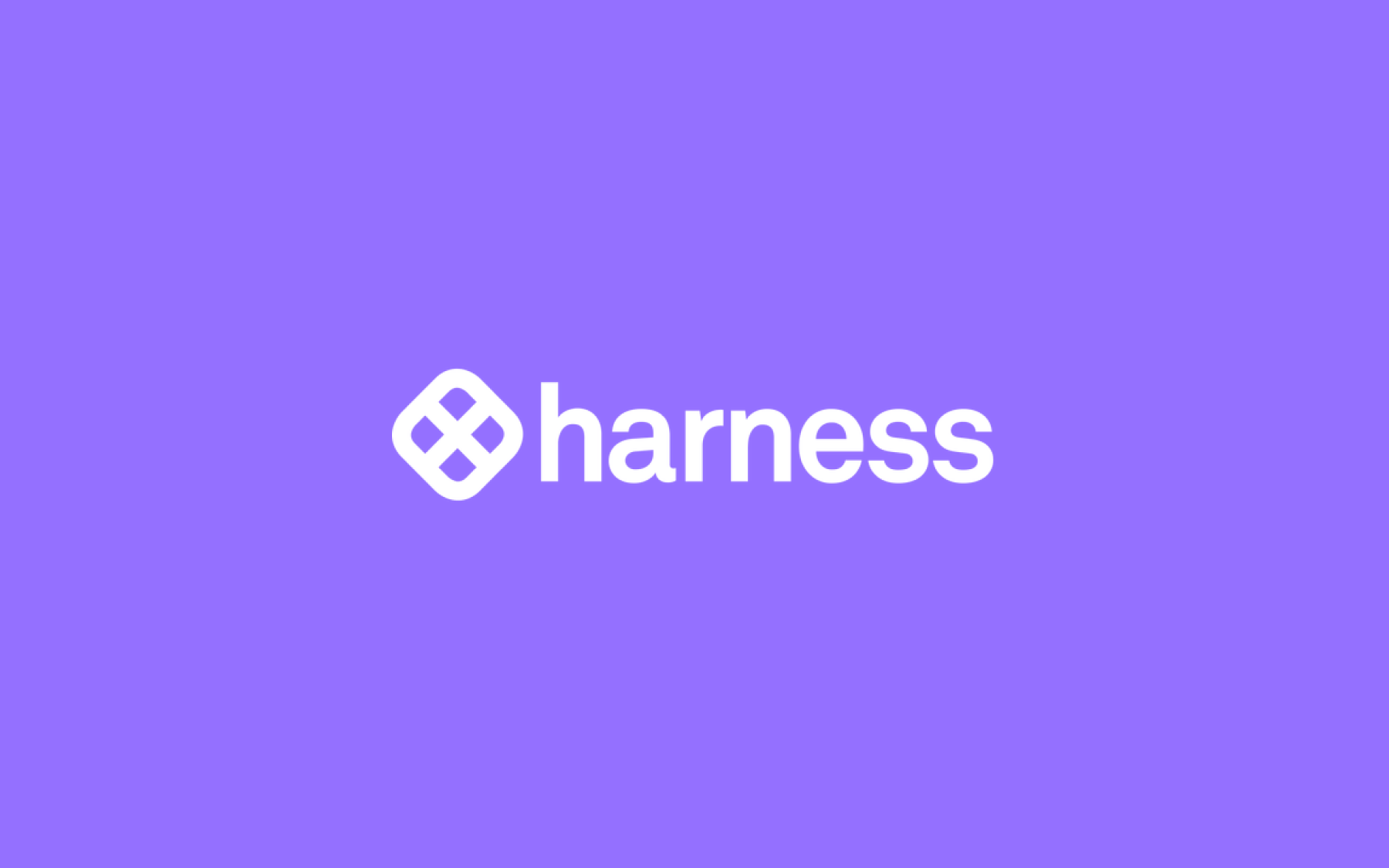













.png)
.png)

.png)

.png)



.png)







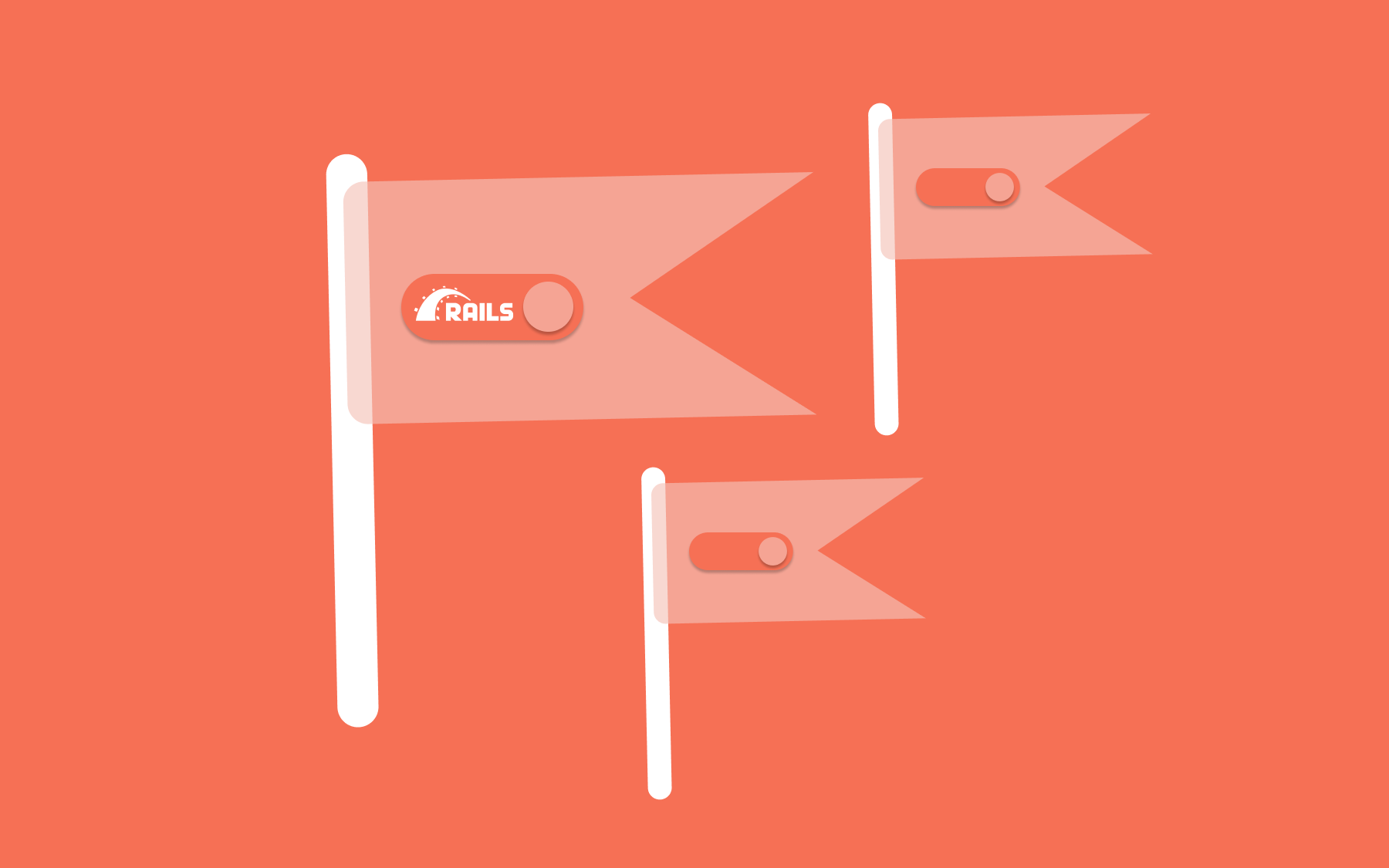





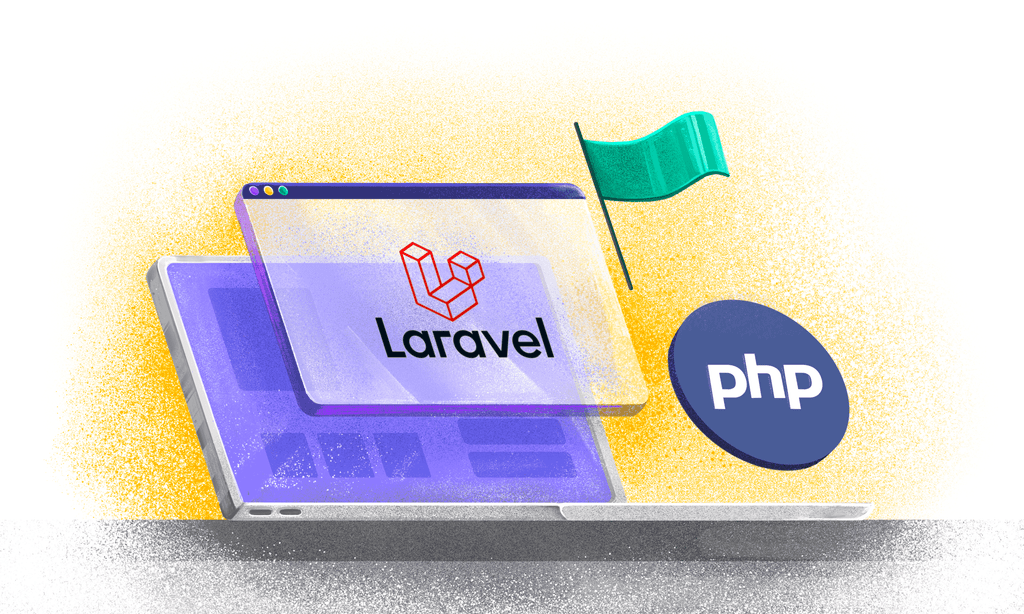





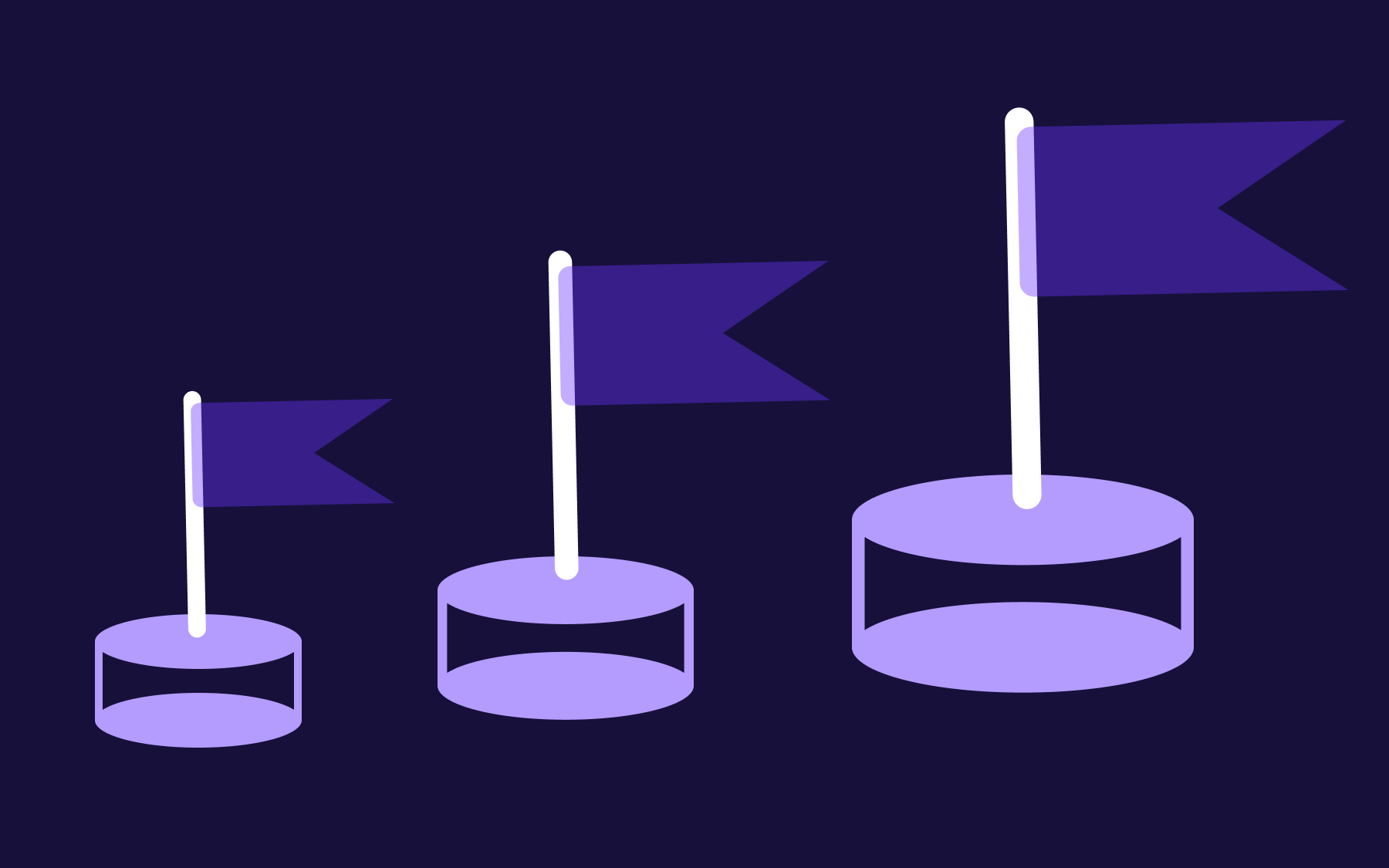



.png)

